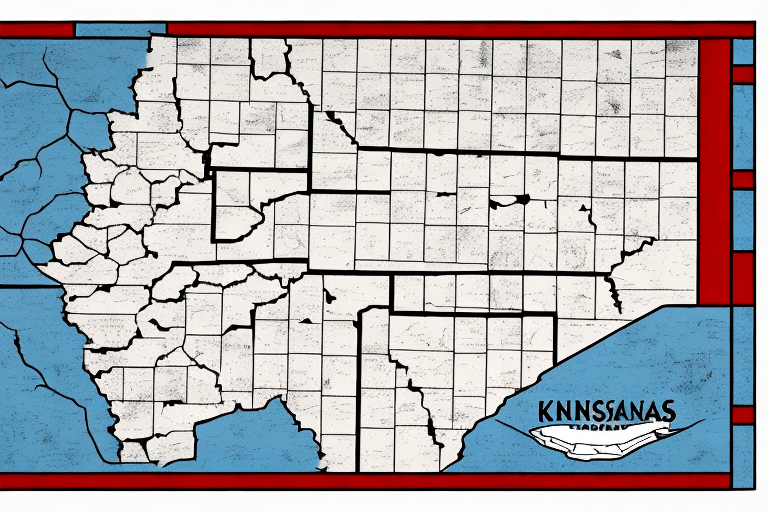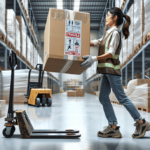How to Handle Packages Over 70 Lbs. with Additional Care
Handling large and heavy packages requires meticulous care to ensure safety and prevent damage. Mishandling such packages can lead to serious injuries or property damage. This article explores the risks associated with moving heavy packages and offers comprehensive strategies for safe transportation and handling.
Requires Additional Care
Packages exceeding 70 lbs demand extra attention during transportation and movement. Improper lifting can result in muscle strains, back injuries, or accidents. According to the Occupational Safety and Health Administration (OSHA), overexertion from lifting heavy objects is a leading cause of workplace injuries.
To mitigate these risks, implement proper lifting techniques such as:
- Bending at the knees and keeping the back straight
- Using mechanical aids like dollies or hand trucks
- Enlisting assistance from colleagues
Additionally, ensure that the package is securely balanced to prevent shifting or falling during transit.
The Risks and Dangers of Mishandling Heavy Packages
Improper handling of heavy packages poses multiple risks, including:
- Physical injuries to handlers, such as sprains and fractures
- Damage to products, especially fragile or electronic items
- Delays in the delivery process due to lost or misplaced packages
For example, the mishandling of electronics can result in significant financial losses and customer dissatisfaction. Furthermore, handling hazardous materials without proper precautions can endanger the environment and public safety.
Adhering to proper handling procedures is essential to ensure the safe and timely delivery of packages.
Tips for Safely Lifting and Moving Heavy Packages
Implement the following tips to safely lift and move heavy packages:
- Use proper lifting techniques: Lift with your legs, not your back.
- Wear appropriate clothing and footwear: Prevent slips and trips.
- Seek assistance: Don't hesitate to ask for help when needed.
- Utilize lifting equipment: Use dollies, forklifts, or other mechanical aids whenever possible.
Assess the weight of the package before lifting. If it's too heavy, use equipment or seek assistance to avoid injury. Additionally, ensure that the path is clear of obstacles to prevent accidents.
Understanding the Importance of Proper Equipment When Handling Heavy Packages
Using appropriate lifting equipment is crucial for safely moving heavy packages. Equipment such as forklifts and dollies not only reduce the physical strain on handlers but also minimize the risk of accidents. Ensure that all equipment is well-maintained and that personnel are trained in its proper use.
Proper weight distribution is vital. Uneven weight can cause packages to tip or become unstable, leading to potential injuries or damage. Always assess and adjust the weight distribution before transportation.
Maintaining a clear transportation path is equally important. Remove any obstacles or hazards to ensure smooth and safe movement of packages.
How to Choose the Right Packaging Materials for Heavy Items
Selecting the right packaging materials is essential for the safe transportation of heavy items. Use sturdy boxes and cushioning materials such as:
- Bubble wrap
- Air pillows
- Foam inserts
Proper labeling is also crucial to prevent mishandling. According to Packaging Strategies, using robust containers and effective cushioning can significantly reduce damage during transit.
Ensure even weight distribution by using dividers or inserts. This not only protects the product but also prevents the package from tipping during transportation.
Consider eco-friendly packaging options like biodegradable bubble wrap and recycled cardboard to minimize environmental impact and appeal to environmentally conscious customers.
The Importance of Labeling and Marking Heavy Packages
Proper labeling and marking are essential for the safe handling of heavy packages. Clearly mark packages with information such as:
- Heavy
- Fragile
- Which side should be up
These markings help handlers prioritize careful movement and prevent accidental drops or damage during transportation.
What to Do If You Encounter an Unusually Heavy Package
When faced with an unusually heavy package, take the following steps:
- Assess the weight: Determine if it's safe to lift manually.
- Inspect for damage: Check for any signs of damage or leakage before moving.
- Seek assistance: Use mechanical aids or request help from a supervisor or safety expert if needed.
Do not attempt to lift excessively heavy packages alone, as this can lead to serious injuries.
Best Practices for Transporting Heavy Packages
Adhere to these best practices to ensure safe transportation of heavy packages:
- Secure the load: Ensure that the package does not move during transit.
- Choose appropriate transportation methods: Utilize trucks with liftgates or flatbeds for heavy items.
- Plan transportation routes: Avoid areas with heavy traffic or potential obstacles.
Ensure even weight distribution and use cushioning materials to protect against impacts during transportation.
How to Train Your Employees to Handle Heavy Packages Safely and Effectively
Effective training is paramount in preventing injuries and accidents related to handling heavy packages. Your training program should include:
- Proper use of lifting equipment
- Safe lifting techniques
- Proper packaging and labeling procedures
- Transportation tips for heavy packages
Encourage employees to voice concerns if they feel uncomfortable handling a heavy package. Regular refresher training sessions can help maintain high safety standards.
Common Mistakes to Avoid When Handling Large or Heavy Packages
Avoid the following common mistakes to ensure safe handling of large or heavy packages:
- Attempting to move packages alone when they are too heavy
- Using improper lifting techniques, leading to injuries
- Neglecting proper packaging and labeling, resulting in product damage
- Failing to secure the package adequately before moving
- Not verifying the weight and dimensions before lifting
By avoiding these mistakes, you can minimize risks and ensure the safe handling of heavy packages.
How to Reduce the Risk of Injuries While Handling Heavy Packages
To minimize the risk of injuries when handling heavy packages, implement the following safety measures:
- Assess the situation and determine if additional help or equipment is needed
- Use proper lifting techniques consistently
- Wear appropriate clothing and footwear
- Ensure the working environment is well-lit and free of hazards
- Communicate effectively with team members during package handling
Proper training and preparedness can significantly reduce the likelihood of accidents and injuries.
Conclusion
Handling packages over 70 lbs requires specialized care and attention to prevent injuries and damage. By following safety precautions, utilizing the right equipment, and training employees effectively, you can ensure the safe movement and transportation of heavy packages. Implement these best practices to maintain a safe working environment and protect your valuable goods.




















